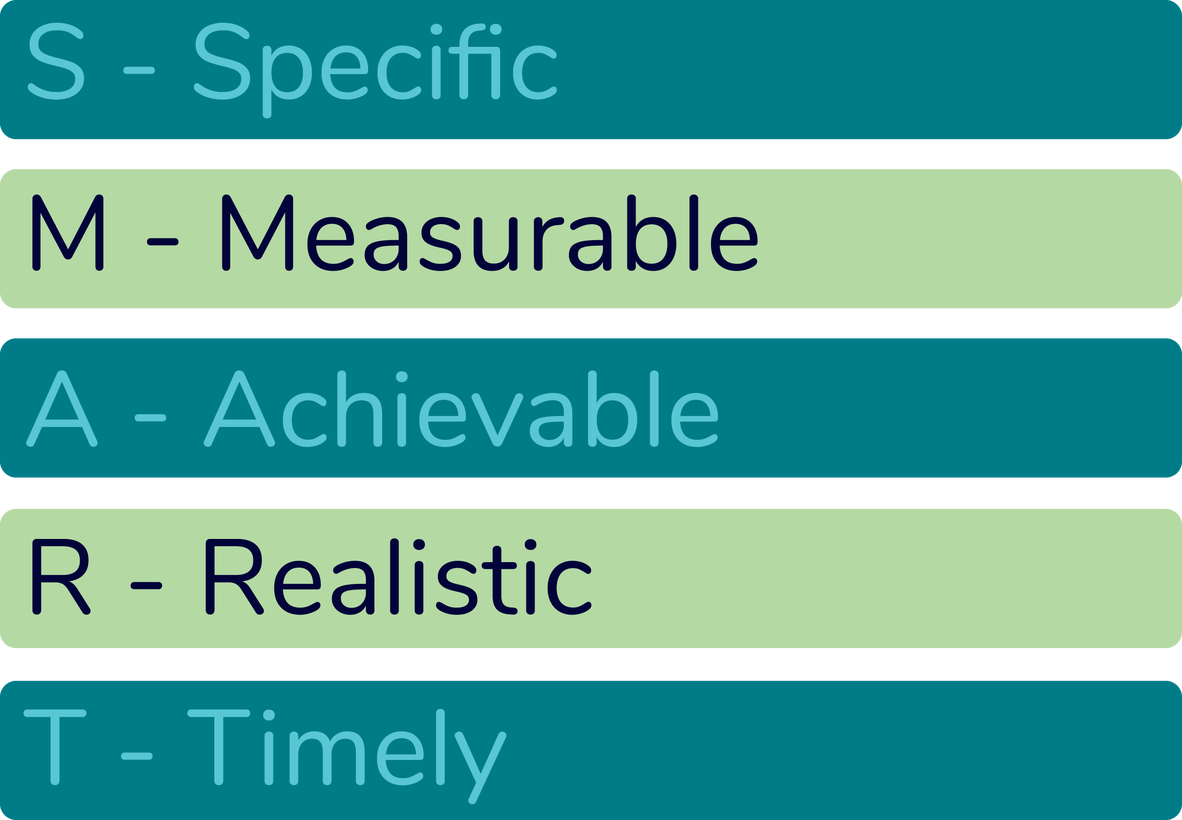Section 1 - Mentorship Programme / 1.6 Facilitation of Learning
When beginning the mentoring process, it is important to understand, educationally, where the student is, and where they need to get to. A conversation with the student to gauge their level of experience and their aspirations will ascertain this.

Podcast
Initiation
Mentors should establish the requirements of the students clinical training. These should be formed from two perspectives: educational and professional. The educational requirements are established by the academic programme that the student is enrolled, and these will be linked to the requirements of the regulator. The professional requirements will often be driven by the mentor and their knowledge, skills and attitudes in the clinical environment.
As part of initial conversations with the student it is important to establish the following:
- Roles and responsibilities – what the mentor expects of the student and what the student expects of the mentor
- Communication – How and when communication between the student will happen. This can include in clinic, with patients, in private and around peers.
- Feedback – when and how the student can expect feedback from the mentor
- Student requirements (goals) – what exactly does the student require at an educational, professional and personal level
- Assessment – when and how the required competencies will be assessed
Goal Setting
Goals should be established between the mentor and the student. These need to be negotiated and agreed by both parties. When setting goals, it is important that they fulfil the requirements of the SMART acronym:

When developing these goals, it is important to try to link each goal to all three domains of learning (Bloom, 1956). The three domains of learning are as follows:
- Cognitive – Head – Theoretical elements of a task
- Effective – Hands – Psychomotor elements of a tasks
- Affective – Heart – Emotional elements of tasks
For each goal it is useful to discuss, and identify, with the student which elements of the task link to the domains of learning. This will help embed a deeper level of understanding with the student.

Figure 6: Cognitive, Effective & Affective - the three domains of learning (Bloom, 1959)
Thinking Aloud
Thinking aloud is a technique that can be beneficial for the student and the mentor. By talking through a task as it is being performed it gives the student and the mentor insight into where the gaps in knowledge are, and where to direct further training and education
References
Bloom B. S. (1956). Taxonomy of Educational Objectives, Handbook I: The Cognitive Domain. New York: David McKay Co Inc.